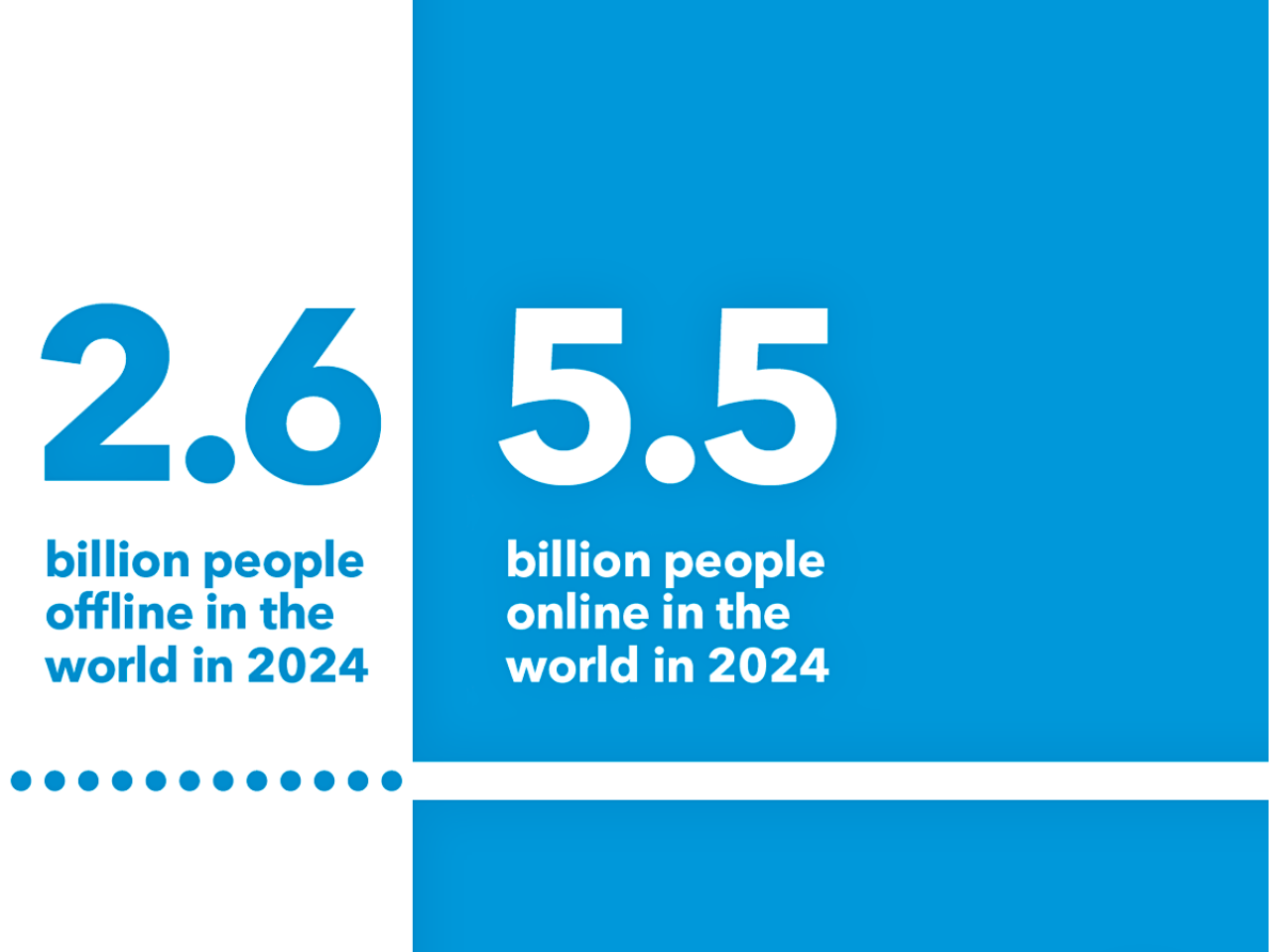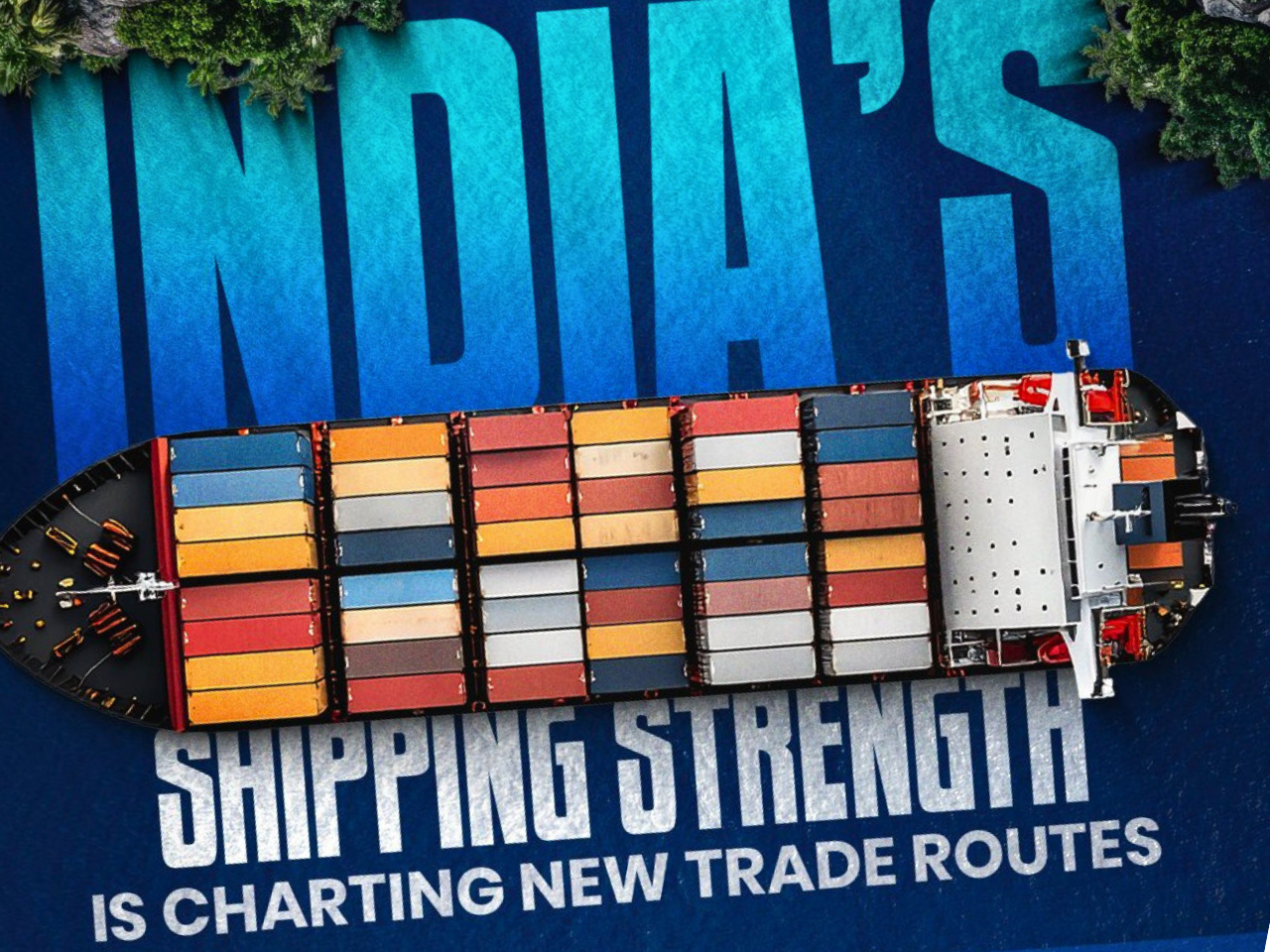India's Ports and Shipping Industry Set for $82 Billion Investment Boost
India’s ports and shipping industry are changing rapidly, and more than $82 billion in investments are expected in the wake of all the infrastructure projects designed to create greater efficiency and promote economic growth. The sector is recognized as one of the natural foundations of the economy and processed over 819 million metric tonnes (MMT) of cargo at major Indian ports in FY 2023-24, reflecting the industry’s growing capacity.
The ports sector has specific goals, including logistics cost savings, enhanced operational efficiencies and logistics, and taking advantage of India’s 7,500 km coastline and favorable conditions to strengthen exports, imports, and domestic trade. A key goal of the Sagarmala Programme, Maritime India Vision 2030, and National Maritime Development Programme. Additionally, the government is improving the regulatory environment, including amending the Major Port Authorities Act, which allows for more autonomy of major ports and improves efficiencies through good governance of the port operations. Additionally, the Sagarmala Innovation and Startup Policy decentralizes knowledge and indirect investment in innovation through infrastructure and factors like technology, Artificial Intelligence (AI), the Internet of Things (IoT), and automation at ports.

Last but not least, the federal government is working tirelessly on everything, including ease of doing business and reduction in regulatory burden, in order to promote collaboration and private sector investment in the port and shipping sector, which is aiming to develop the Coastal Shipping volumes projection by 2030. For some infrastructure, dedicated freight corridors for the movement of goods and increased inland waterways, the government is developing deep-draft ports (e.g., Vadhavan and Paradip Ports) for the movement of bulk cargo by increased efficiencies and lower cost alternatives for the domestic transportation of goods and lower turnaround-time alternatives. Paradip Port, for example, handled approximately 145.38 MMT of cargo throughput in FY 2023-24.
Additionally, it represents a sector that is 100% foreign direct investment (FDI) open to increased global engagement thanks to its location along major international shipping routes. The Green Tug Transition Program and the Harit Sagar Green Port Guidelines are examples of programs that further build sustainability into the industry. These programs are designed to assist the nation’s ports and shipping industry in moving closer to becoming a global leader in commerce, investment, maritime activities, and sustainable economic growth.
Latest News
Global School Meal Programs Soar: 466 Million Children Fed, 80 Million More Than in 2020
The World Food Programme notes that approximately 80 million more children now receive school meals than in 2020, bringing the total to about 466 million, a 20% increase overall. The increase in coverage is strongest at the points of greatest need: low-income countries increased coverage by roughly 60% in two years, and in Africa, there are about 20 million new daily school meals being served

ECB Maintains Interest Rates Amid Stable Inflation and Moderate Growth
The European Central Bank has decided to keep interest rates unchanged, citing stable inflation and moderate economic growth amidst global uncertainty. Financial stability continues to be helpful towards growth. The interest rates by commercial entities are lower, and loans against property are stable, which helps the expansion of credit
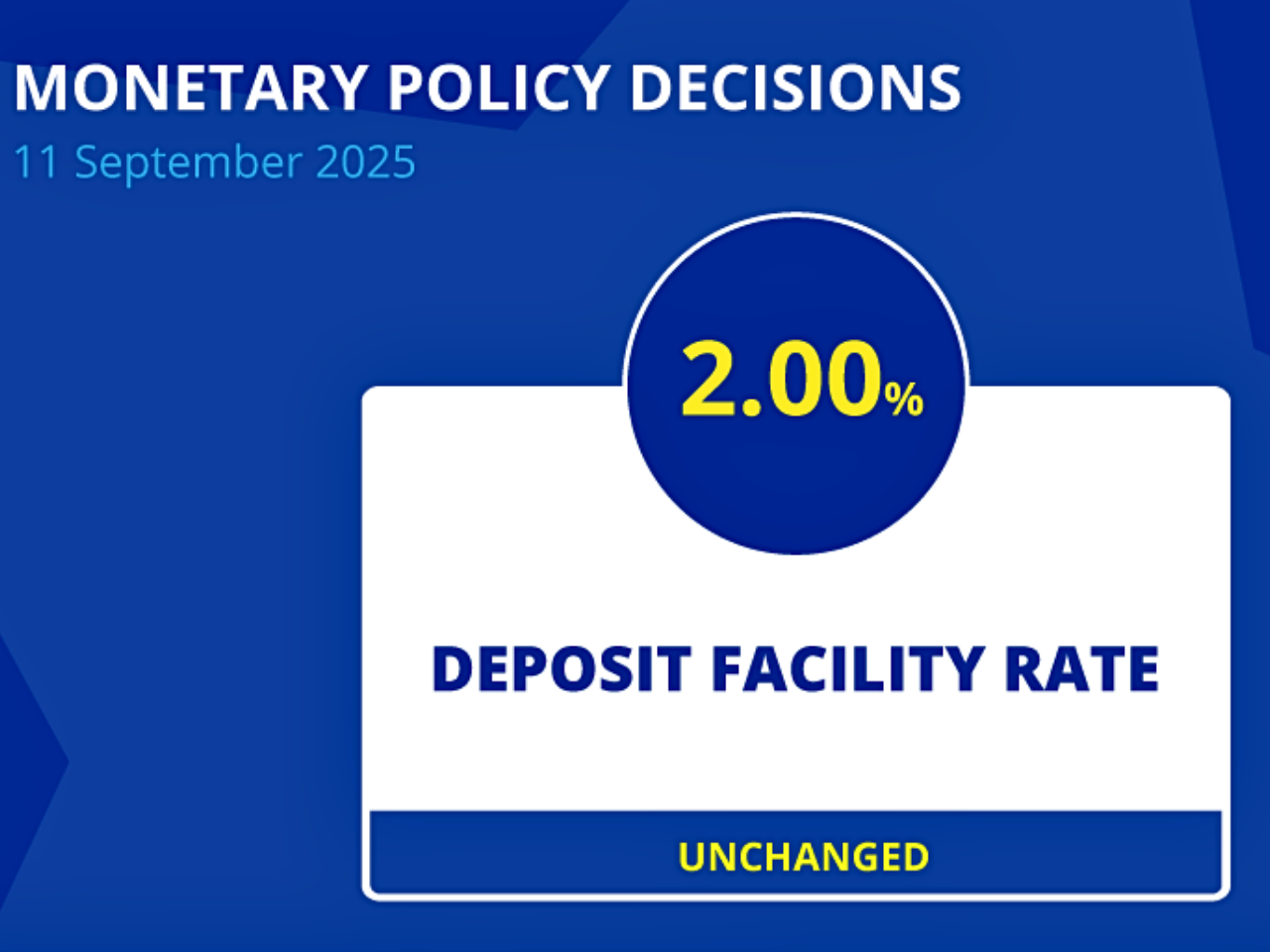
India's Economy Shows Resilience and Strong Growth Amid Global Uncertainty
The number of e-bills reached a record level, while the manufacturing PMI reached a 16-month peak, and the services continued to expand, along with the growing trade confidence. The trend of consumption was also healthy; rural demand was buoyed by a favorable monsoon, while urban markets showed strength through high FMCG sales, UPI transactions, and an increase in vehicle purchases
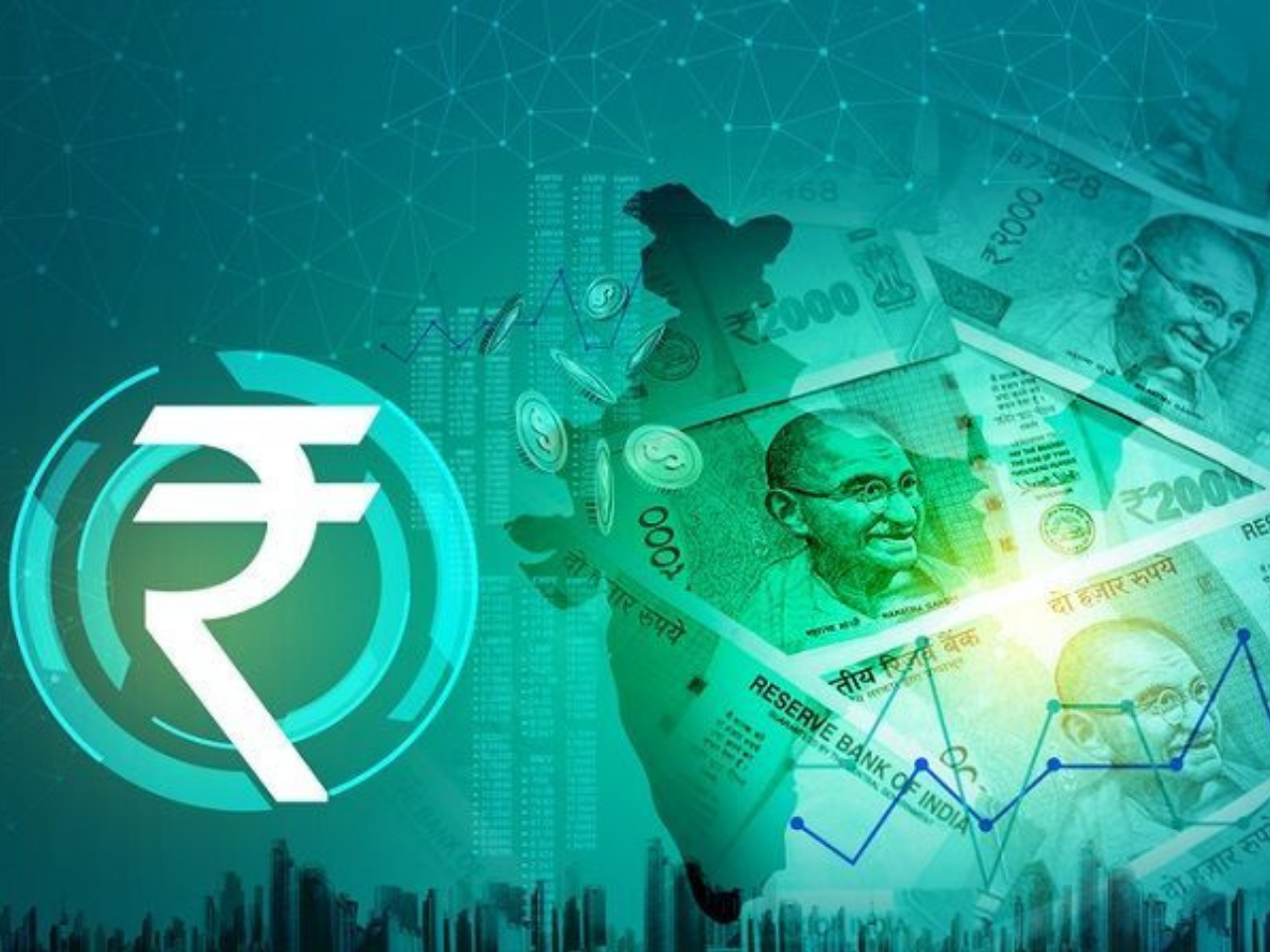
Ireland's Child Poverty Summit Calls for Urgent Action to Address Systemic Barriers
At the Child Poverty and Well-being Summit in Dublin, One Family, an organization that advocates for single-parent families, called on the Irish government to address the structural barriers that keep families trapped in poverty. With Budget 2026 around the corner, the organization stated the government must act quickly in the areas of housing, childcare, and social welfare to tackle reductions in child poverty

Digital Divide Widens: Developing Countries Left Behind in FDI Surge
The global digital divide will probably be exacerbated by the uneven increase of investment throughout digital development, which will leave many nations missing out on the economic and technological advantages enjoyed by a small number of nations
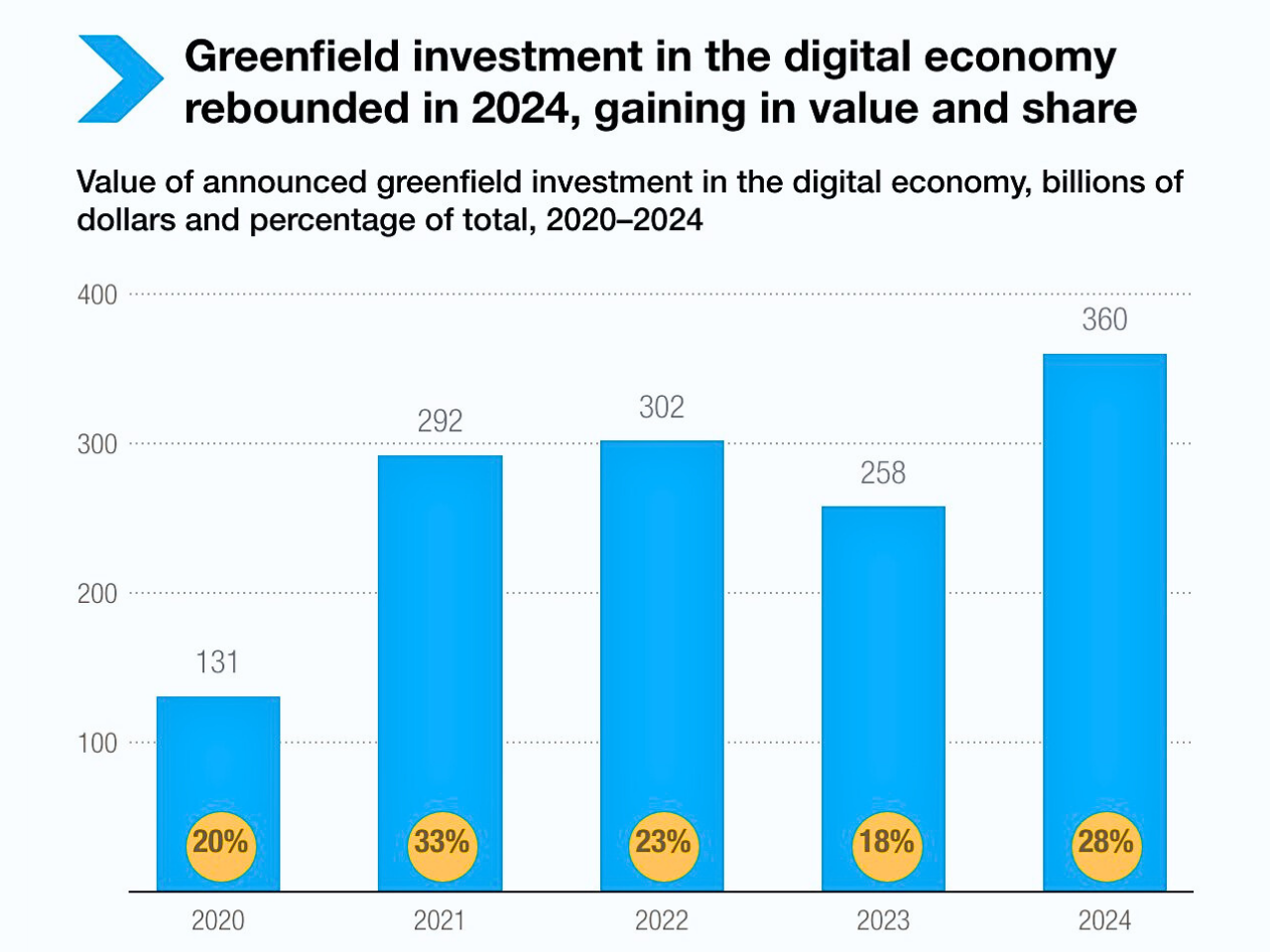
Global Military Spending Hits Record $2.7 Trillion: A Threat to Peace and Sustainable Development
A $2.7 trillion record for worldwide military expenditure in 2024, pursuant to a ten-year increasing trend, while SDGs strive to gain progress. It was assumed 20% of the Sustainable Development Goals are concentrated in the year 2030, and the yearly financial insecurity will rise up to $6.4 trillion
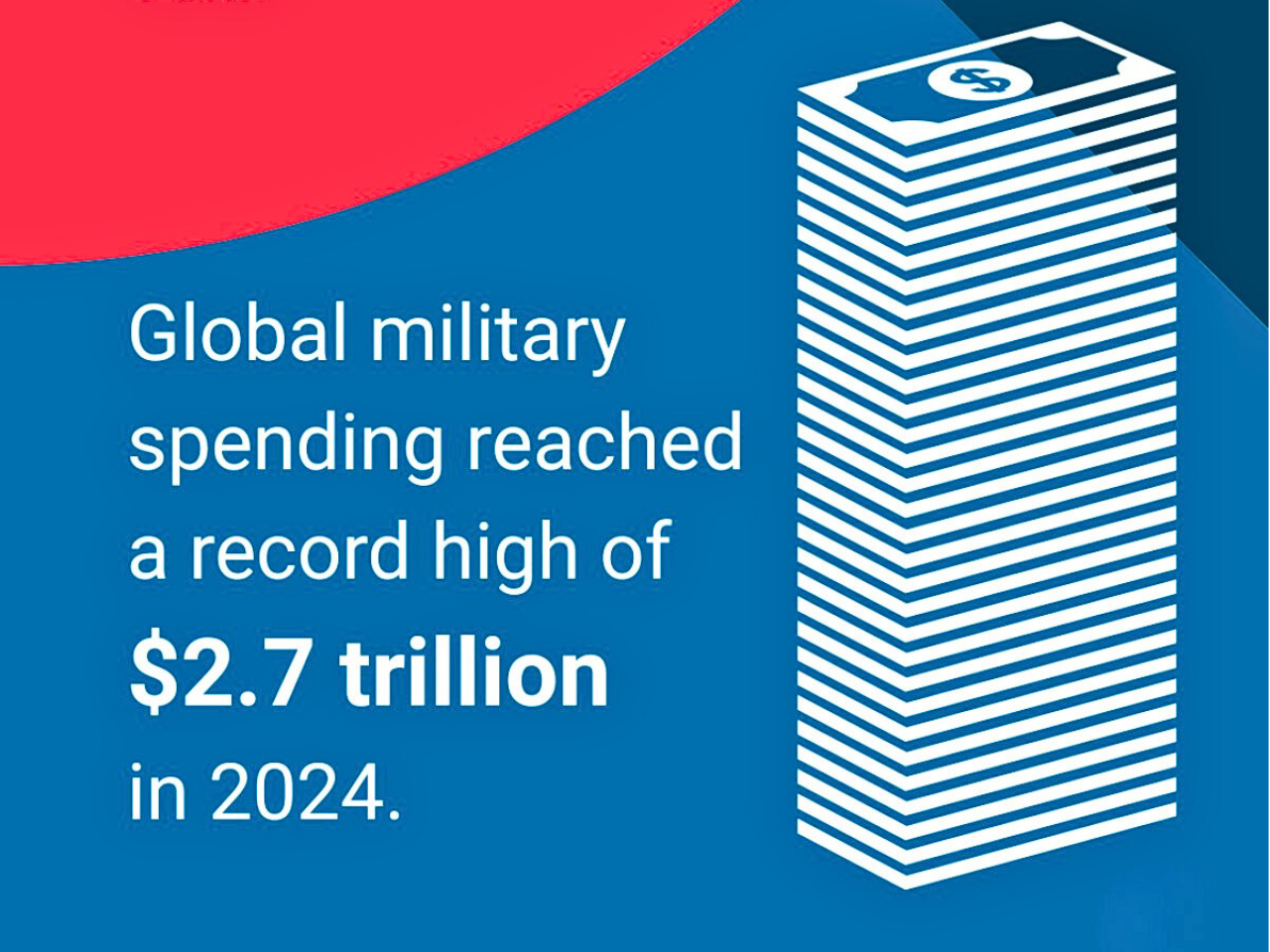
Bridging the Youth Job Gap: A Call to Action for Governments and Private Sector
Over 1.2 billion youth from emerging economies, or at-risk countries, will be entering the labor market. The situation is a bit dire since estimates say only about 420 million new jobs will be created in that time span. The gap is plainly an opportunity for looking for new solutions that hopefully will create jobs at scale and provide youth with the skills to work in an environment that is rapidly changing

Bridging the Digital Divide: $2.6-2.8 Trillion Needed to Connect 1/3 of Global Population
Saudi Arabia has calculated that it would require between 2.6 and 2.8 trillion dollars to provide internet access to everyone worldwide by 2030, as outlined in the Connecting Humanity Action Blueprint. The report emphasizes the required investment in infrastructure, skills, affordability, and regulatory frameworks if we want to connect the 1/3 of the global population not yet connected to the Internet
